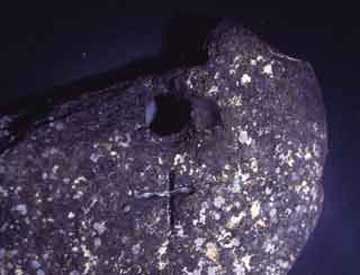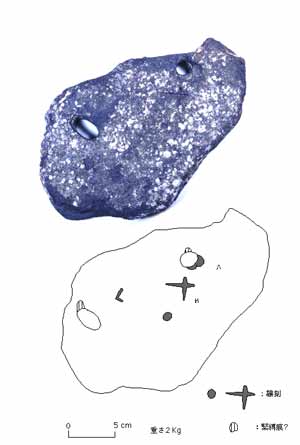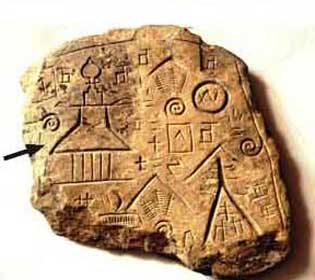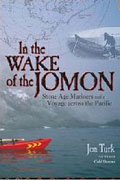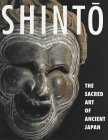
more Yonaguni evidence from the personal website of
– Professor Masaaki Kimura –
University of the Ryukyus
Okinawa, Japan
text translation service for many worldwide languages
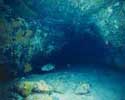 |
 |
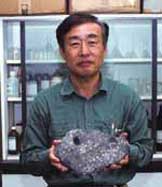 |
 |
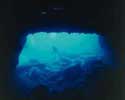 |
The controversy that has erupted in archaeological circles around the world since the discovery of an enigmatic
structure, described by some as ‘pyramid-like’, at Iseki Point, just off the coast of the southernmost
Japanese island of Yonaguni-Jima, some 15 years ago, looks set to get even hotter as news
emerges that the so-called ‘Yonaguni Monument’ is just one of a number of
underwater megalithic structures in a ‘complex’ stretching for
many hundreds of miles northeast of Taiwan.
Today is
|
|
|
back to the interview with Professor Masaaki Kimura
Share This Page
With Your Favourite Social Networks
Following the great cataclysms and mass extinctions of 11,500 years ago, land that once lay between the Chinese mainland
Okinawa and Japan was inundated. Only in the last 15 years or so has the attention of marine scientists been
drawn to the existence of ‘undersea walls’ off Taiwan, ‘stepped-pyramid-like structures’, an
d
very ‘unusual artifacts’ that have been discovered underwater in the East China Sea.
Needless to say, archaeologists and prehistorians studiously ignore them.
please take a look at our Ancient Mysteries Bookshoppe for a wide selection of books
that challenge orthodox views of prehistory on every continent
|
|
2019 Skywatching Calendar |
News & New Discoveries |
Marine Archaeology News 2019 |
Astro-Archaeology News 2019
The Morien Institute
